Home>Garden Essentials>What Is The Best Grass Seed For Shaded Areas
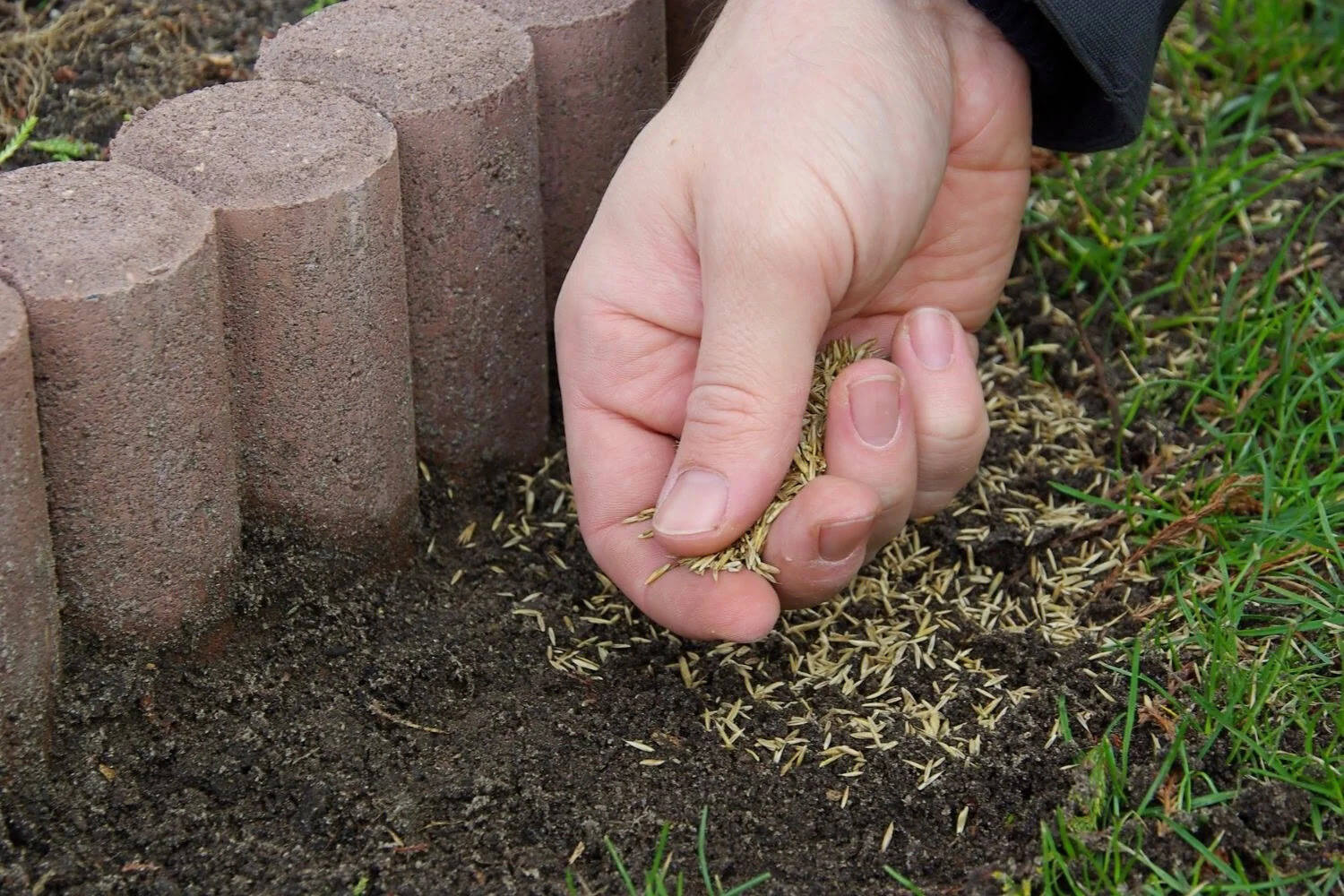

Garden Essentials
What Is The Best Grass Seed For Shaded Areas
Modified: April 23, 2024
Looking for the best grass seed for shaded areas in your garden? Discover top choices and expert tips to ensure lush, thriving growth.
(Many of the links in this article redirect to a specific reviewed product. Your purchase of these products through affiliate links helps to generate commission for Storables.com, at no extra cost. Learn more)
Introduction
Welcome to the wonderful world of gardening! Whether you’re a seasoned green thumb or just starting to discover your love for plants, creating a beautiful garden is a rewarding experience. But what happens when you have shady areas that are a bit challenging to cultivate? Fear not, for there is a solution – finding the best grass seed for shaded areas.
Shaded areas in your garden can pose a unique challenge when it comes to growing grass. Lack of sunlight, increased moisture, and competition from tree roots can make it difficult for grass to thrive. However, with the right grass seed, you can transform those shady spots into lush, green areas that enhance the overall beauty of your garden.
In this article, we will explore the factors to consider when choosing grass seed for shaded areas and highlight the top five grass seeds that are well-suited for such conditions. We will also provide some valuable tips to ensure successful seeding in shaded areas.
So, without further ado, let’s dive in and discover the best grass seed options for shaded areas!
Key Takeaways:
- Choose shade-tolerant grass seeds like tall fescue and fine fescue for shady areas. Prepare soil, water properly, and monitor growth to create a lush lawn even in low light conditions.
- Consider alternative landscaping options if grass struggles in severely shaded areas. Explore shade-loving ground covers or ornamental features for a beautiful and practical solution.
Factors to Consider for Shaded Areas
When selecting the best grass seed for shaded areas, it’s important to consider certain factors that will directly affect how well your grass will grow and thrive in the shade. Here are some key factors to keep in mind:
- Shade Intensity: Assess the level of shade in the area. Is it partial shade or full shade? Understanding the intensity of shade will help you determine the grass seed that can tolerate low light conditions.
- Moisture Levels: Shaded areas tend to retain moisture for longer periods of time, which can lead to poor soil drainage. Look for grass seed varieties that can tolerate moist conditions without becoming waterlogged.
- Soil Type: Assess the type of soil in your shaded area. Is it clay, sandy, or loamy? Different grass seed varieties have varying soil preferences, so choose one that will adapt well to your soil type.
- Tree Competition: Trees not only provide shade but also compete for nutrients and water with the grass. Consider selecting grass seed that can tolerate some competition from tree roots.
- Wear and Tear: If the shaded area receives foot traffic, choose a grass seed variety that is known for its durability and ability to withstand wear and tear.
By taking these factors into account, you can narrow down your options and choose the grass seed that is best suited for your shaded areas. Let’s now explore the different types of grass seeds that thrive in shade!
Understanding Different Grass Types
Before diving into the specific grass seed options for shaded areas, it’s important to have a basic understanding of the different grass types commonly used in lawns. Each grass type has its own unique characteristics and growth habits, which can influence its ability to thrive in shaded conditions. Here are a few common grass types:
- Tall Fescue: Tall fescue is a cool-season grass that is known for its ability to tolerate shade and drought. It has deep roots and a coarse texture, making it resistant to wear and tear. Tall fescue is ideal for areas with partial shade and is known for its ability to grow in a variety of soil types.
- Fine Fescue: Fine fescue is a group of grasses that includes varieties such as creeping red fescue, chewings fescue, and hard fescue. Fine fescue is well-suited for shady areas as it can tolerate low light conditions and has a fine texture. It is also known for its ability to grow in poor soil conditions.
- Kentucky Bluegrass: Kentucky bluegrass is a popular grass type that thrives in cool, humid climates. While it prefers full sun, certain varieties of Kentucky bluegrass can tolerate moderate shade. It has a beautiful, dense growth habit and a soft texture, making it a favored choice for lawns.
- Perennial Ryegrass: Perennial ryegrass is a fast-growing grass that is often used in mixtures with other grass types. While it prefers full sun, some varieties can tolerate moderate shade. Perennial ryegrass has a fine to medium texture and is known for its ability to establish quickly.
- Creeping Red Fescue: Creeping red fescue is a fine-textured grass that excels in shady areas. It forms a dense turf and spreads through underground stems, or stolons, allowing it to fill in bare spots effectively. Creeping red fescue has a high shade tolerance and is often used in areas with partial to full shade.
These are just a few examples of grass types that are commonly used in lawns. Each grass type has its strengths and characteristics that make it suitable for different conditions. Now that we have a better understanding of grass types, let’s explore the top five grass seeds for shaded areas!
Top 5 Grass Seeds for Shaded Areas
When it comes to choosing the best grass seed for shaded areas, it’s important to select varieties that have a proven track record of thriving in low light conditions. Here are the top 5 grass seeds that are well-suited for shady areas:
- Tall Fescue: Tall fescue is one of the most popular choices for shaded areas. It has excellent shade tolerance and can withstand drought conditions. Look for tall fescue varieties that are specifically labeled as shade-tolerant to ensure the best results.
- Fine Fescue: Fine fescue varieties, such as creeping red fescue, chewings fescue, and hard fescue, are ideal for shaded areas. They can handle low light conditions and are known for their ability to grow in poor soil types.
- Kentucky Bluegrass: While Kentucky bluegrass prefers full sun, certain varieties have good shade tolerance. When choosing Kentucky bluegrass for shaded areas, look for shade-tolerant cultivars to ensure successful growth.
- Perennial Ryegrass: Perennial ryegrass is known for its fast-establishing qualities. While it prefers full sun, some varieties have moderate shade tolerance. Consider using a mixture with other shade-tolerant grasses to maximize success in shaded areas.
- Creeping Red Fescue: Creeping red fescue is an excellent choice for areas with partial to full shade. It has high shade tolerance and spreads through underground stems for effective filling of bare spots. Look for specialized blends that are specifically formulated for shaded areas.
Remember, the key to successful grass growth in shaded areas is choosing the right grass seed variety and ensuring proper maintenance. While these grass seeds have shown adaptability to shade, it’s still important to provide adequate watering, proper fertilization, and regular mowing to maintain a healthy lawn.
Now that we’ve explored the top grass seeds for shaded areas, let’s move on to some tips to ensure successful seeding in these challenging environments!
Tall Fescue
Tall fescue is a cool-season grass that is highly recommended for shaded areas. It is known for its ability to tolerate low light conditions and adaptability to a wide range of soil types.
This grass variety has deep roots that help it access moisture and nutrients, making it more resilient in challenging conditions. It also has a coarse texture, which makes it resistant to wear and tear.
When selecting tall fescue for shaded areas, look for varieties that are specifically labeled as shade-tolerant. These varieties have been bred and tested to perform well in areas with limited sunlight.
The best time to seed tall fescue is during the fall when the soil is still warm, but the temperatures are cooler. This allows the grass to establish strong roots before the heat of summer.
Before seeding, prepare the soil by removing any debris, loosening the top layer, and incorporating organic matter. This will create a favorable environment for the seeds to germinate and grow.
When it comes to watering tall fescue, provide regular but infrequent deep waterings. This encourages the roots to grow deeper and helps the grass withstand dry periods. Be careful not to overwater, as excessive moisture can lead to disease and root rot.
Mowing tall fescue is necessary to maintain its height and promote healthy growth. Set your mower to a height of around 3 to 4 inches, as taller fescue blades can better capture sunlight in shaded areas.
Incorporating a slow-release nitrogen fertilizer in the spring and fall will provide the necessary nutrients for tall fescue to thrive. Avoid excessive nitrogen applications, as this can lead to excessive leaf growth and reduced shade tolerance.
By following these guidelines, you can have a lush and thriving tall fescue lawn in your shaded areas. Remember to monitor the condition of your lawn and make any necessary adjustments to ensure its long-term health.
Read more: How To Grow Grass In Shaded Areas
Fine Fescue
Fine fescue is another excellent option for shaded areas, especially if you’re dealing with low light conditions and poor soil quality. This group of grasses includes varieties such as creeping red fescue, chewings fescue, and hard fescue.
One of the main advantages of fine fescue is its ability to tolerate shade and grow in a variety of soil types, including sandy or acidic soils. It is known for its fine texture and graceful appearance, adding a touch of elegance to your shaded lawn.
When seeding fine fescue in shaded areas, it is best to choose a blend that combines multiple fine fescue varieties. This will provide a diverse mixture of grasses that can cover different shade tolerances and soil conditions.
Before seeding, prepare the soil by removing any debris and loosening it with a rake or garden fork. Adding organic matter, such as compost, can help improve soil structure and fertility.
Watering fine fescue is crucial during the germination process. Keep the soil consistently moist but not soaking wet. Once the grass establishes, reduce the frequency of watering but increase the amount to encourage deep root growth.
Mowing fine fescue should be done at a height of around 2 to 3 inches. This height allows for a shade-tolerant growth habit and helps the grass compete with weeds. Avoid cutting more than one-third of the grass height at a time to prevent stress and scalping.
Applying a slow-release, low-nitrogen fertilizer in the spring and fall will provide the necessary nutrients for fine fescue to flourish. Avoid excessive fertilization, as it can lead to thatch buildup and reduced shade tolerance.
Regular maintenance, including overseeding and dethatching, is important to keep fine fescue healthy in shaded areas. Overseeding helps fill in bare spots and maintain a dense lawn, while dethatching removes excess dead organic matter.
By selecting and properly caring for fine fescue grass seed, you can create a beautiful and resilient lawn in shaded areas. Remember to monitor the condition of your lawn and adjust your maintenance practices accordingly to ensure long-term success.
When choosing grass seed for shaded areas, look for varieties that are specifically labeled as shade-tolerant. These types of grass seed are better suited to thrive in low light conditions and will help you achieve a lush lawn even in shady spots.
Kentucky Bluegrass
Kentucky bluegrass is a popular choice for lawns due to its lush appearance and ability to withstand heavy foot traffic. While it prefers full sun, certain varieties of Kentucky bluegrass have good shade tolerance, making it a viable option for shaded areas.
When selecting Kentucky bluegrass for shaded areas, look for shade-tolerant cultivars that have been specifically designed to thrive in low light conditions. These varieties are accustomed to receiving less sunlight and will perform better in shaded environments.
Before seeding Kentucky bluegrass in shaded areas, it’s important to prepare the soil properly. Remove any debris and loosen the top layer of soil to enhance seed-to-soil contact. Also, consider incorporating compost or organic matter to improve soil structure and fertility.
Watering is crucial during the germination period. Keep the soil consistently moist but avoid overwatering, as excessive moisture can lead to fungal diseases. Once the grass is established, water deeply but infrequently to encourage deep root growth.
Mowing Kentucky bluegrass in shaded areas should be done at a height of around 2 to 3 inches. Taller blades can capture more sunlight, allowing the grass to thrive in low light conditions. Never remove more than one-third of the grass height in a single mowing.
Fertilizing Kentucky bluegrass in shaded areas should be done in moderation. Apply a slow-release nitrogen fertilizer in the spring and fall to provide the necessary nutrients for healthy growth. Avoid excessive fertilization, as it can lead to excessive leaf growth and reduced shade tolerance.
Regular aeration can benefit Kentucky bluegrass in shaded areas by improving soil drainage and reducing compaction. This allows the grass roots to penetrate deeper into the soil and access essential nutrients and moisture.
Maintain a proper care routine for your Kentucky bluegrass lawn in shaded areas by monitoring its condition regularly. Adjust your watering, mowing, and maintenance practices as needed to ensure optimal growth and health.
With proper selection and care, Kentucky bluegrass can thrive in shaded areas, providing a lush and beautiful lawn. Enjoy the natural beauty of this grass variety while enhancing the visual appeal of your shaded garden.
Perennial Ryegrass
Perennial ryegrass is a cool-season grass known for its quick establishment and vibrant green color. While it prefers full sun, there are varieties of perennial ryegrass that can tolerate moderate shade, making it a suitable choice for partially shaded areas.
When selecting perennial ryegrass for shaded areas, choose a blend that combines shade-tolerant grass varieties. These blends often include fine fescue or shade-tolerant Kentucky bluegrass, ensuring better performance in low light conditions.
Before seeding perennial ryegrass, prepare the soil by removing any debris and loosening it with a rake or garden fork. This will create a favorable environment for the seeds to germinate and establish strong roots.
Water the seeded area regularly to keep the soil moist during the germination period. Once the grass is established, reduce the frequency of watering but increase the amount to encourage deep root growth.
Mowing perennial ryegrass should be done at a height of around 2 to 3 inches. Regular mowing promotes a dense and healthy lawn. Avoid cutting more than one-third of the grass height at a time to prevent stress and scalping.
Applying a slow-release nitrogen fertilizer in the spring and fall will provide the necessary nutrients for perennial ryegrass in shaded areas. Avoid excessive fertilization, as it may lead to excessive leaf growth and reduced shade tolerance.
Over time, perennial ryegrass may thin out in shaded areas due to competition from trees and limited sunlight. Regular overseeding can help replenish the grass and maintain a dense lawn. Choose a shade-tolerant grass seed mix for overseeding.
Regular maintenance practices, such as dethatching and aerating, can benefit perennial ryegrass in shaded areas. Dethatching removes excess dead material, while aeration improves soil drainage and allows better root development.
By selecting shade-tolerant varieties and implementing proper care techniques, you can enjoy a healthy and vibrant perennial ryegrass lawn in shaded areas. Keep an eye on its condition and make necessary adjustments to ensure its long-term success.
Creeping Red Fescue
Creeping red fescue is a fine-textured grass with excellent shade tolerance, making it an ideal choice for shaded areas. It is known for its ability to withstand low light conditions and its spreading growth habit through underground stems, known as stolons.
When selecting creeping red fescue for shaded areas, look for specialized blends or mixtures that are specifically formulated for shade tolerance. These blends typically contain a combination of fine fescue varieties that complement the creeping red fescue’s shade-tolerant qualities.
Before seeding, prepare the soil by removing any debris and loosening it with a rake or garden fork. Incorporating organic matter, such as compost, will help improve soil fertility and drainage.
Water the seeded area regularly to keep the soil consistently moist until the grass is established. Once it has established, reduce the frequency of watering but increase the amount to encourage deeper root growth.
Maintain a moderate mowing height for creeping red fescue, around 2 to 3 inches. Taller blades promote shade tolerance and allow the grass to capture more sunlight. Avoid removing more than one-third of the grass height at a time.
Fertilize creeping red fescue in shaded areas with a slow-release nitrogen fertilizer in the spring and fall. Avoid excessive fertilization as it can lead to thatch buildup and reduced shade tolerance. Follow the recommended application rates on the fertilizer packaging.
Regular overseeding is beneficial for creeping red fescue in shaded areas to fill in any bare spots and maintain a thick lawn. Choose a shade-tolerant grass seed mix or a creeping red fescue variety suitable for overseeding.
Aerate the soil periodically to improve soil drainage and reduce compaction, which can hinder the growth of creeping red fescue. Aeration allows air, water, and nutrients to reach the grassroots more effectively.
Maintain a regular maintenance routine for your creeping red fescue lawn in shaded areas. Monitor the density and health of the grass, adjust watering and care practices as needed, and address any issues promptly.
By selecting and caring for creeping red fescue grass seed properly, you can enjoy a lush, shade-tolerant lawn in shaded areas. Embrace the beauty and resilience of creeping red fescue as it transforms your shady landscape into a vibrant oasis.
Read more: How To Create Shade In A Play Area
Tips for Successful Seeding in Shaded Areas
Seeding in shaded areas can be a bit more challenging than in sunny areas. However, with the right approach and proper care, you can achieve successful results. Here are some valuable tips to help you seed and establish grass in shaded areas:
- Choose the Right Grass Seed: Select grass seed varieties that are specifically formulated for shade tolerance. Look for blends or mixtures that include shade-tolerant grass types such as fine fescue, tall fescue, or shade-tolerant Kentucky bluegrass.
- Prepare the Soil: Proper soil preparation is essential for seed germination and root development. Remove any debris, loosen the top layer of soil, and amend it with organic matter to improve drainage and nutrient content.
- Seed at the Right Time: The best time to seed shaded areas is in the early fall or spring. The soil is still warm, creating favorable conditions for seed germination and establishment. Avoid seeding during summer when soil temperatures are high.
- Manage Tree and Plant Overgrowth: Prune trees and plants surrounding the shaded area to allow as much light as possible to penetrate. Trimming branches or thinning shrubs can help improve air circulation and reduce competition for water and nutrients.
- Optimize Watering: Shaded areas may require less water compared to sunny areas. Adjust your watering schedule to prevent overwatering, which can lead to fungal diseases. Deep, infrequent waterings encourage deep root growth and help the grass withstand dry periods.
- Mow at the Right Height: Set your mower to a taller height when mowing shaded areas. Taller grass blades can capture more sunlight and have a better chance of photosynthesis, ultimately leading to healthier and denser growth.
- Monitor and Address Issues: Regularly inspect the shaded area for any signs of disease, weed growth, or poor grass health. Take prompt action to address these issues, such as applying appropriate treatments or making necessary adjustments to your care routine.
- Consider Alternative Options: If the shaded area continues to struggle with grass growth despite your efforts, consider alternative landscaping options. Explore shade-loving ground covers, native plants, or creating a shaded garden bed with mulch or ornamental features.
Remember, patience is key when seeding in shaded areas. It may take longer for grass to establish and fill in compared to sunny areas. However, with consistent care and attention, you can create a beautiful and thriving lawn in even the shadiest spots of your garden.
Conclusion
Gardening in shaded areas can be a delightful and rewarding experience, thanks to the availability of suitable grass seed varieties. By understanding the factors to consider, exploring different grass types, and selecting the right grass seed, you can transform your shaded areas into lush and vibrant spaces.
Whether you choose tall fescue, fine fescue, Kentucky bluegrass, perennial ryegrass, or creeping red fescue, each offers its unique benefits and adaptability to shade. These grass seeds have proven shade tolerance and can thrive in low light conditions with proper care and maintenance.
Additionally, following a few essential tips like preparing the soil properly, watering adequately, mowing at the right height, and monitoring the health of your lawn will contribute to the success of your seeding efforts in shaded areas.
However, it’s important to remember that shade can vary, and each garden has its unique characteristics. Proper observation, adjustments, and patience are necessary to achieve optimal results. If grass struggles to grow in severely shaded areas, exploring alternative landscaping options like shade-tolerant ground covers or ornamental features can provide a beautiful and practical solution.
So, embrace the beauty of shaded areas in your garden and select the best grass seed for your specific needs. With the right choices and care, you can create a stunning green haven in even the darkest corners of your outdoor space.
Happy gardening!
Frequently Asked Questions about What Is The Best Grass Seed For Shaded Areas
Was this page helpful?
At Storables.com, we guarantee accurate and reliable information. Our content, validated by Expert Board Contributors, is crafted following stringent Editorial Policies. We're committed to providing you with well-researched, expert-backed insights for all your informational needs.
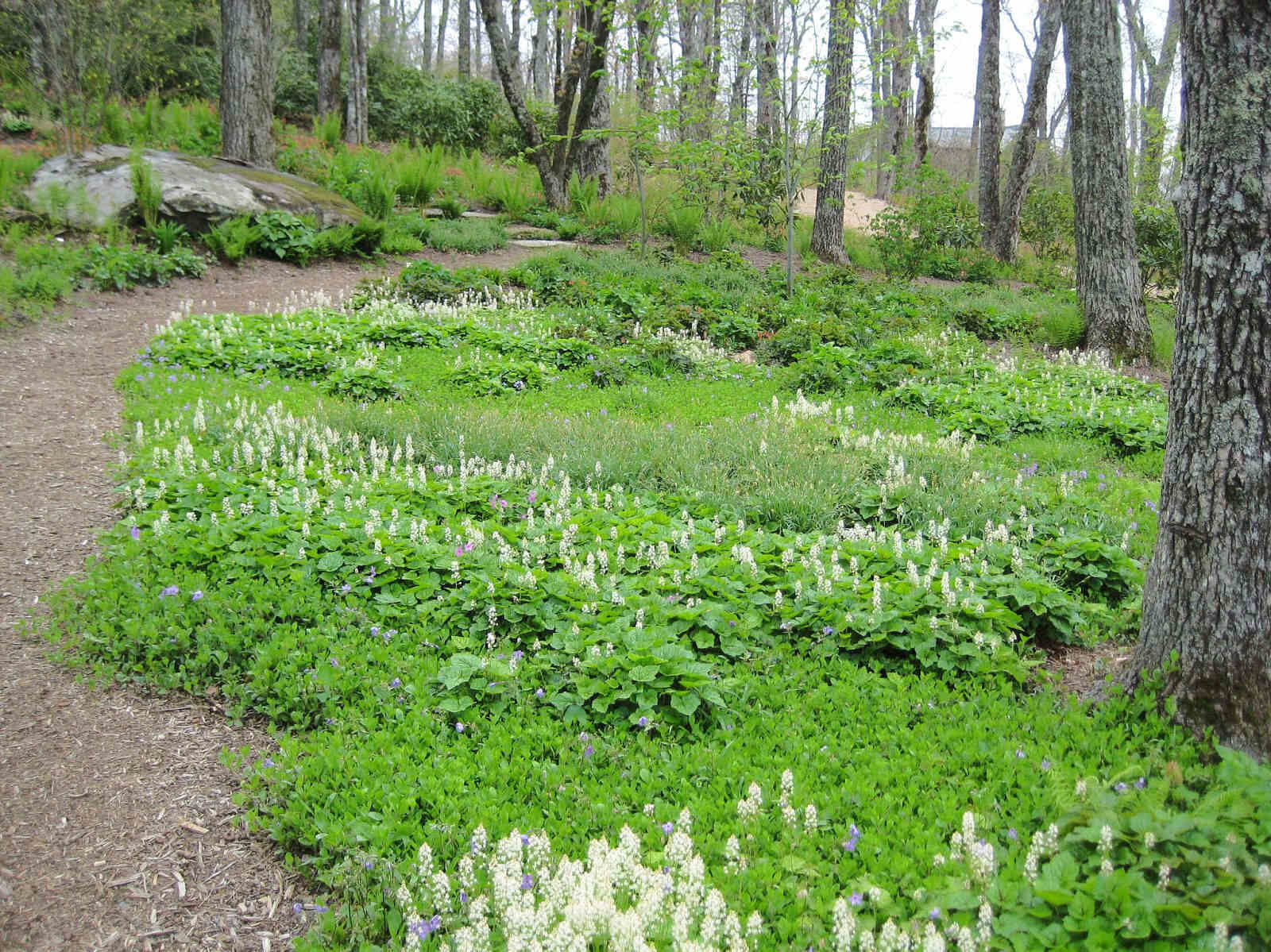
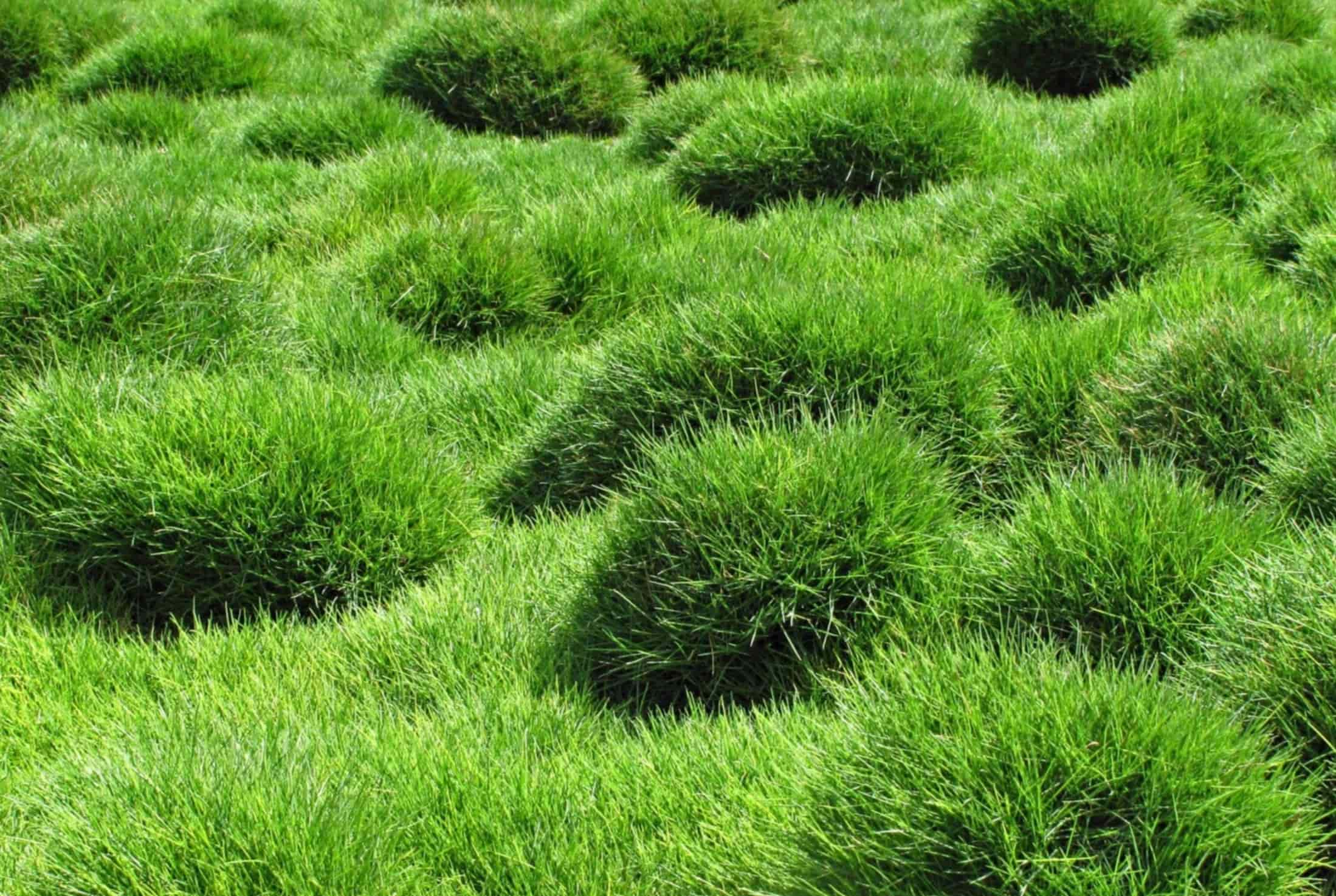
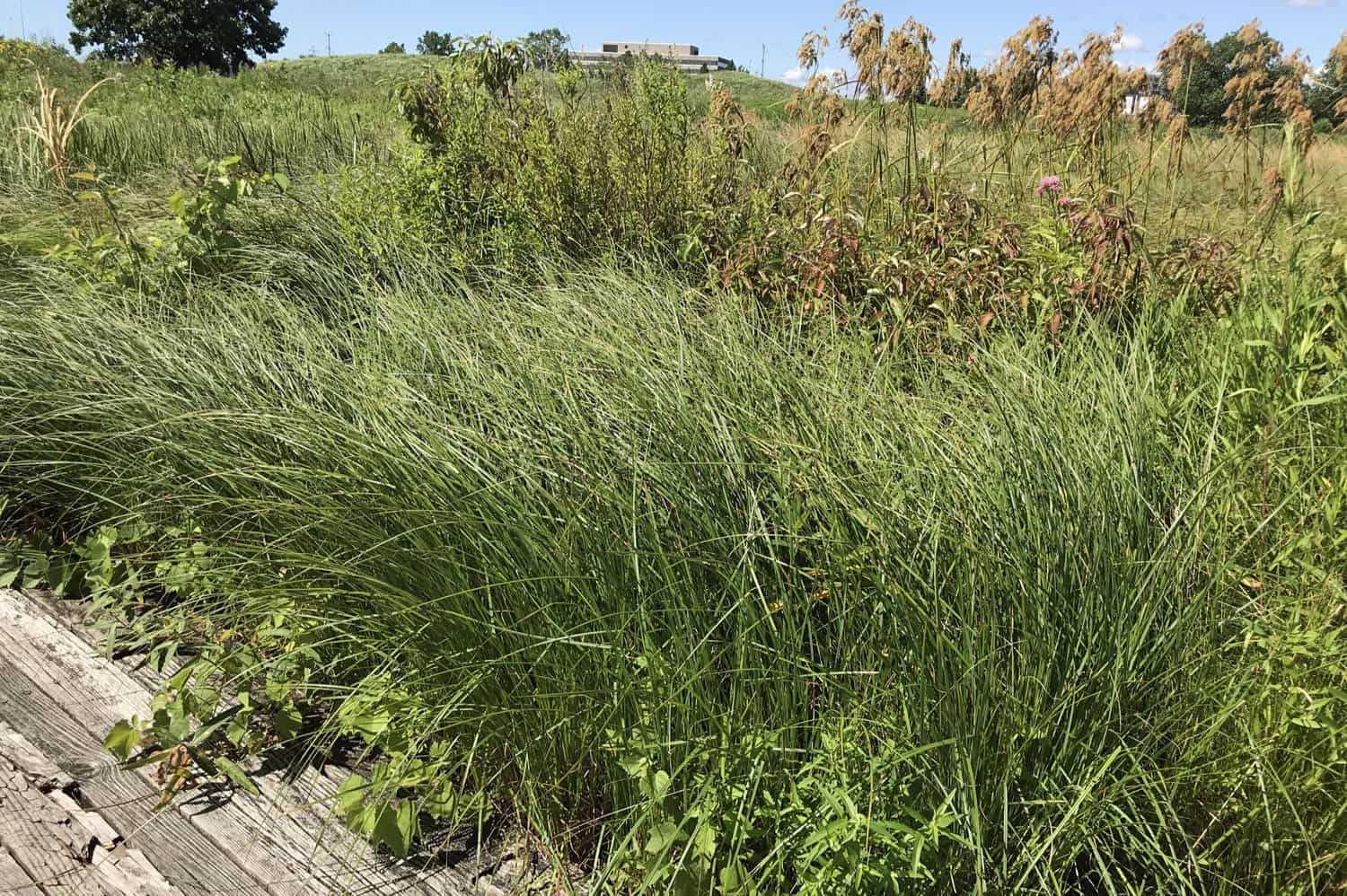
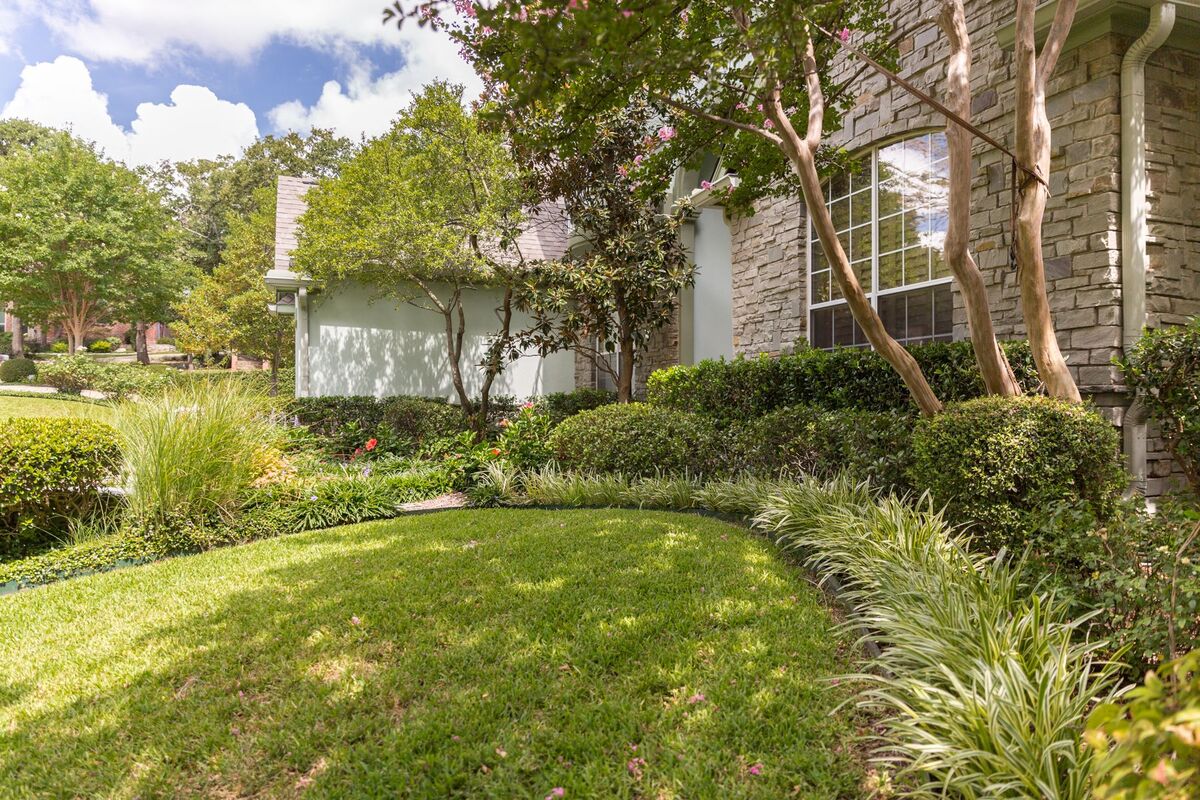
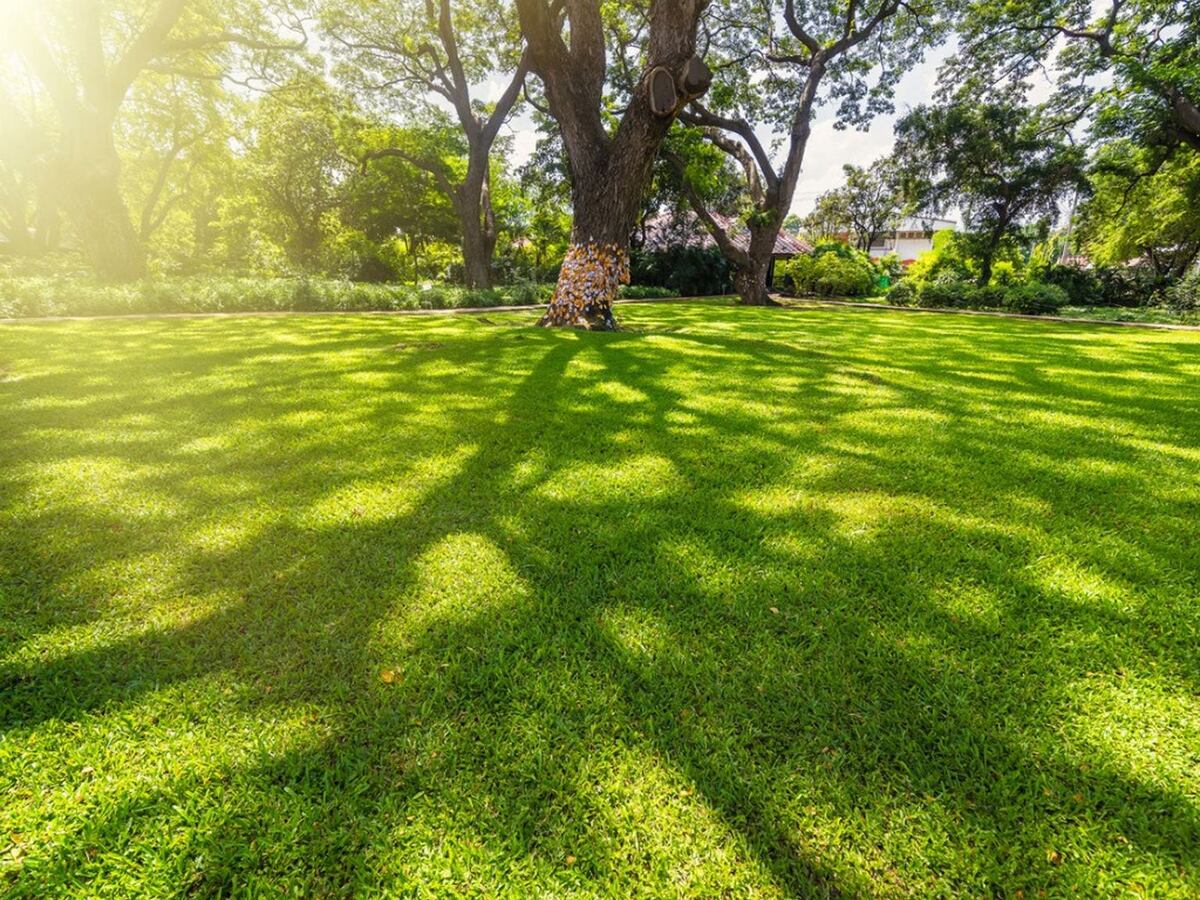
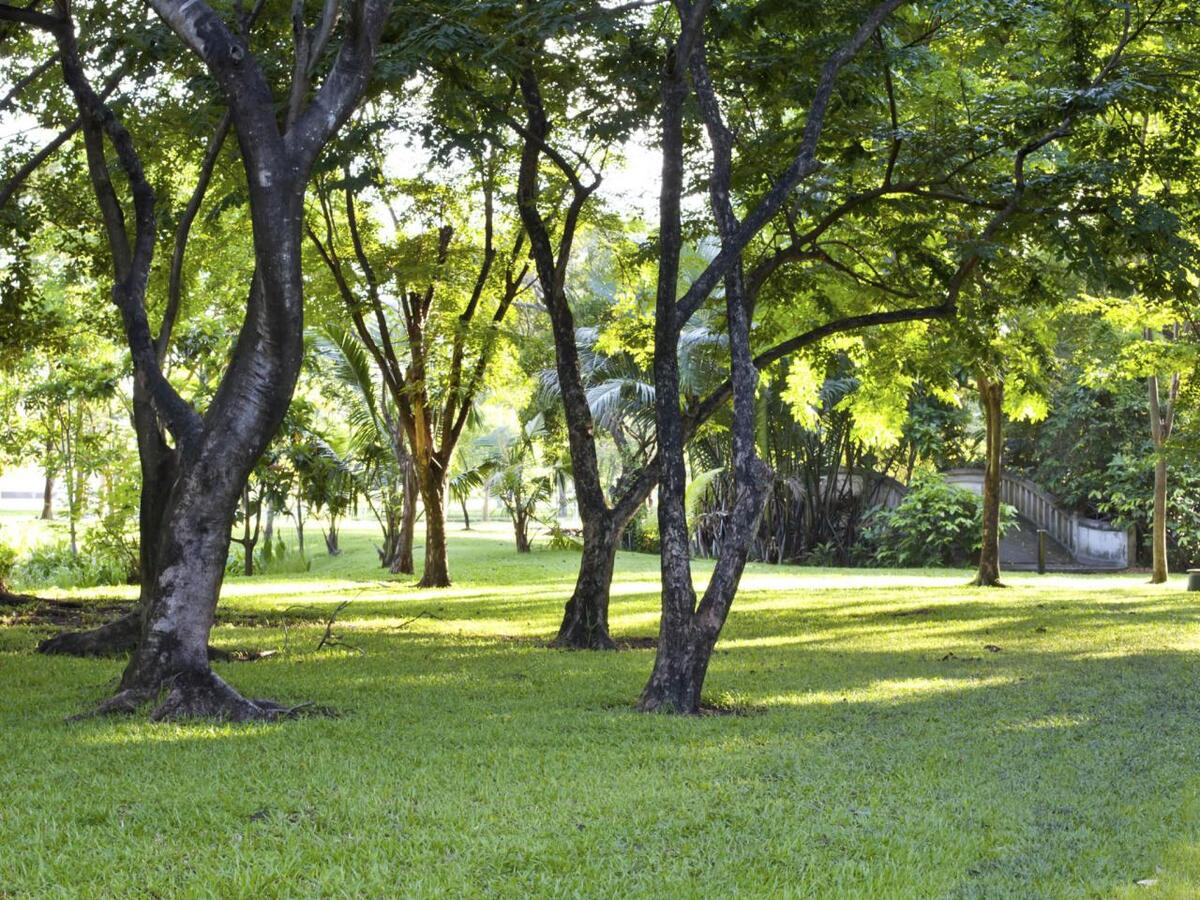
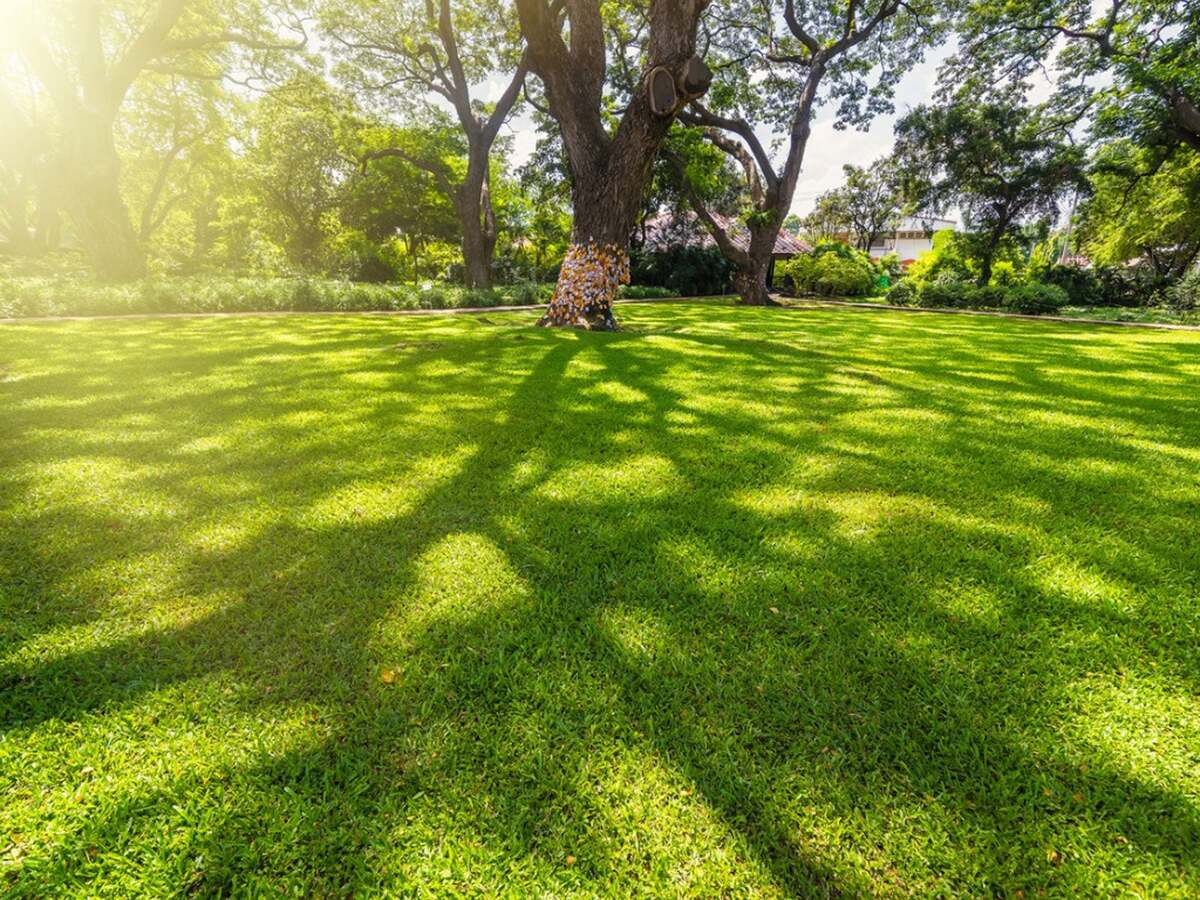
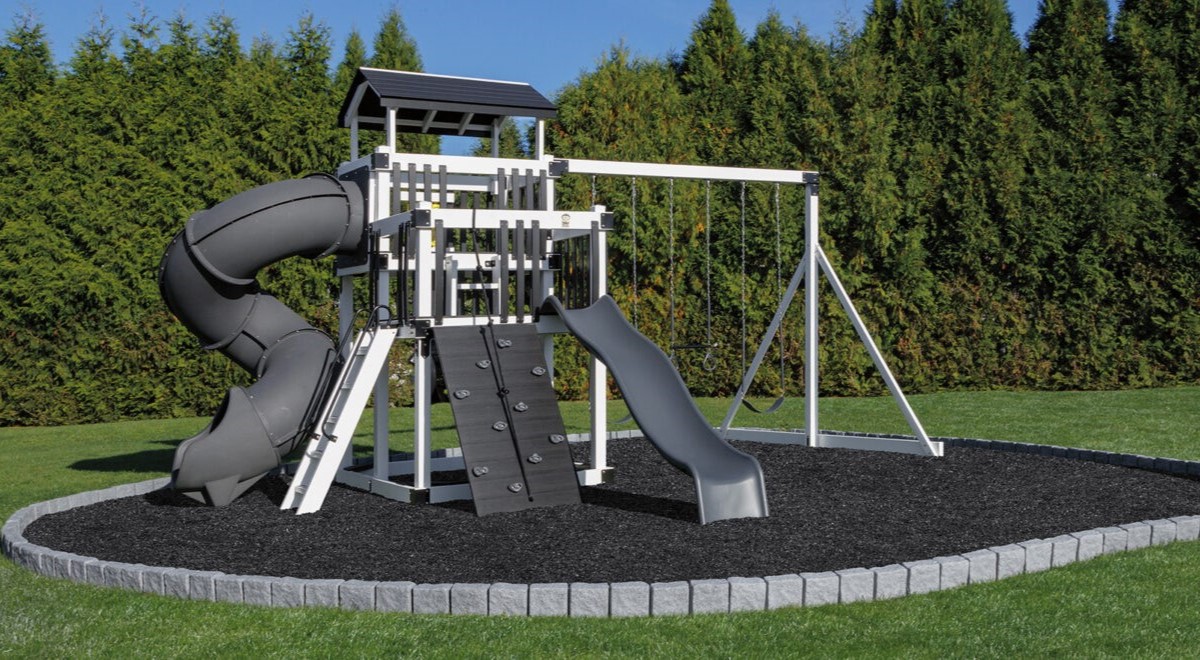
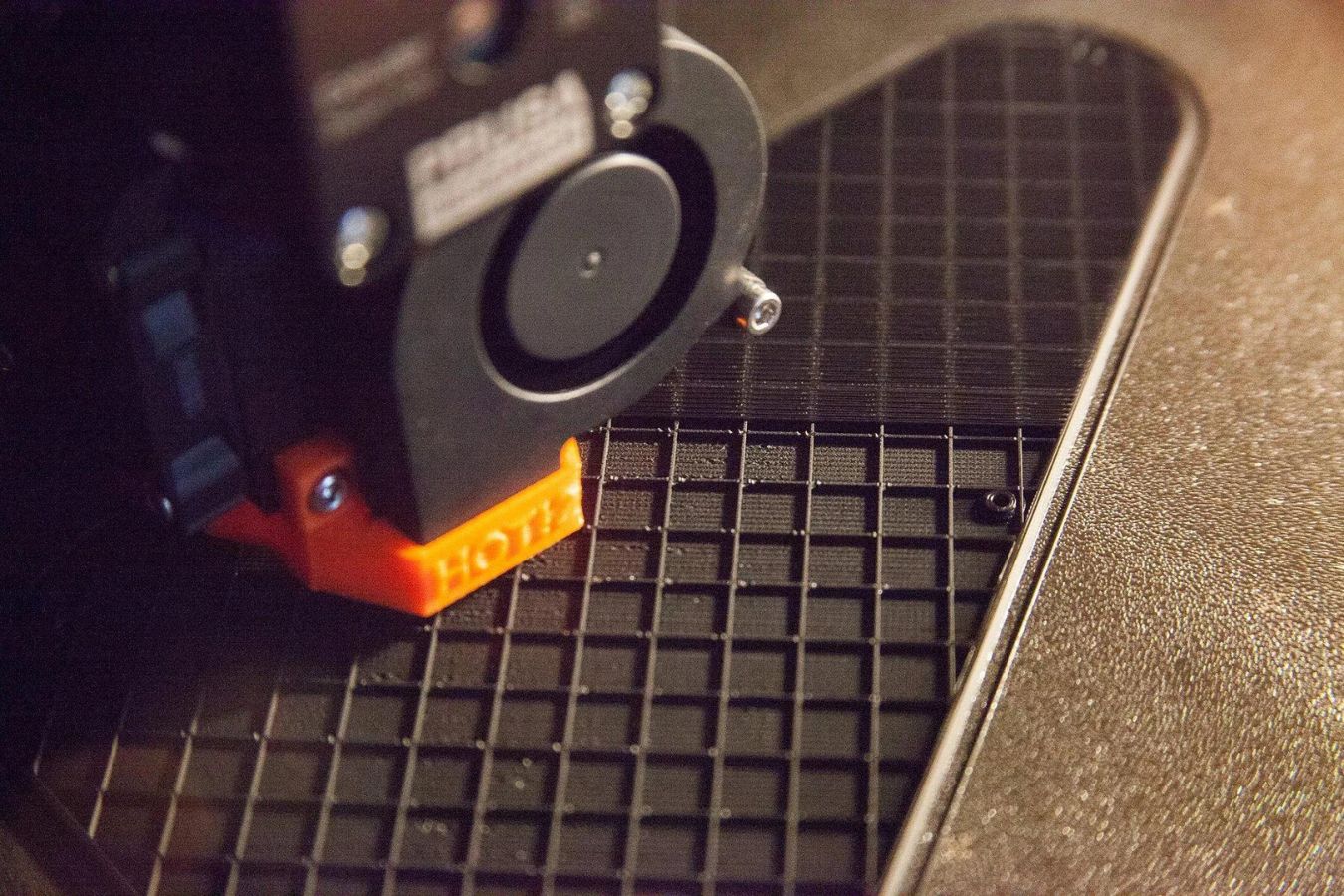
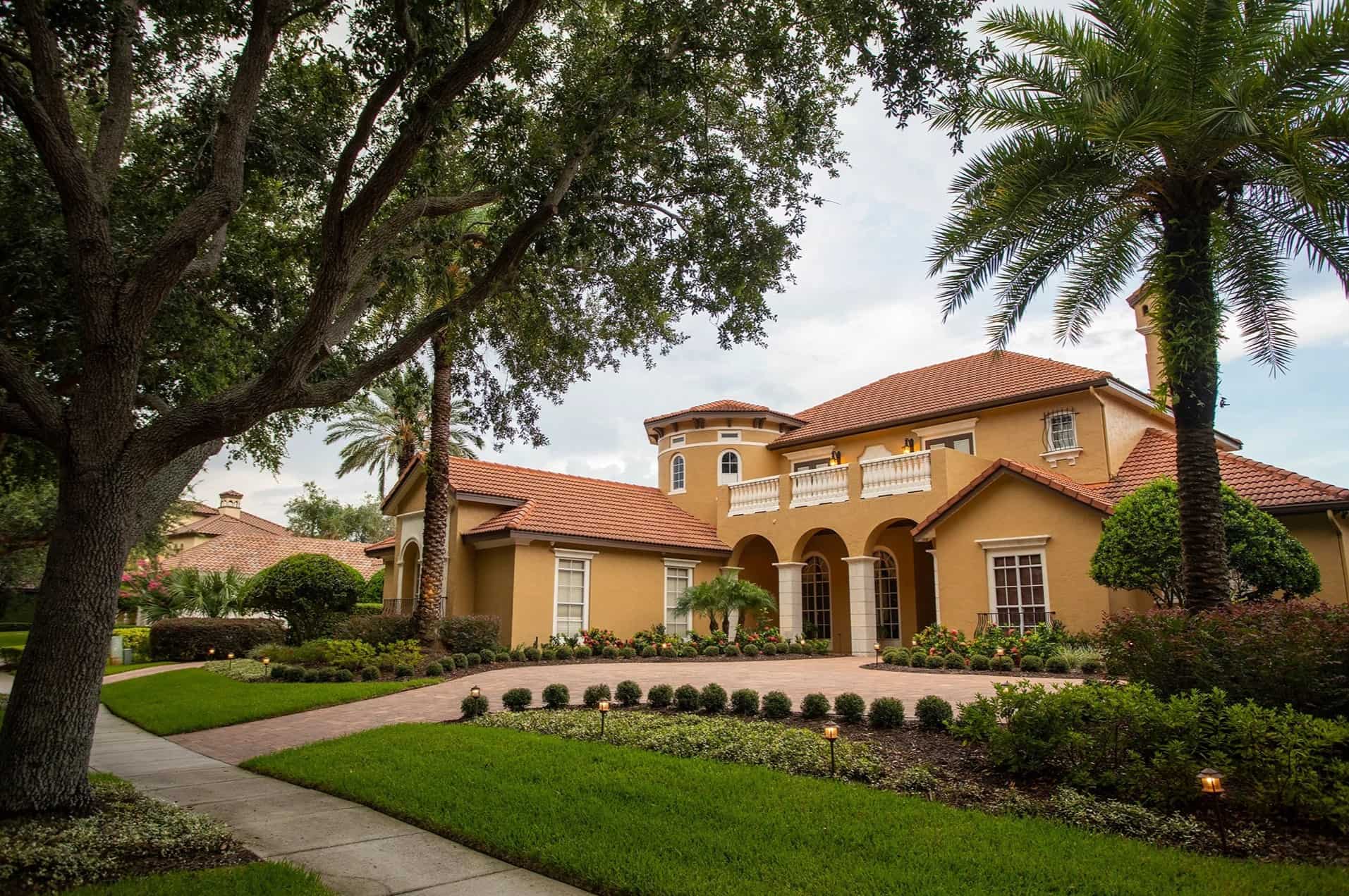
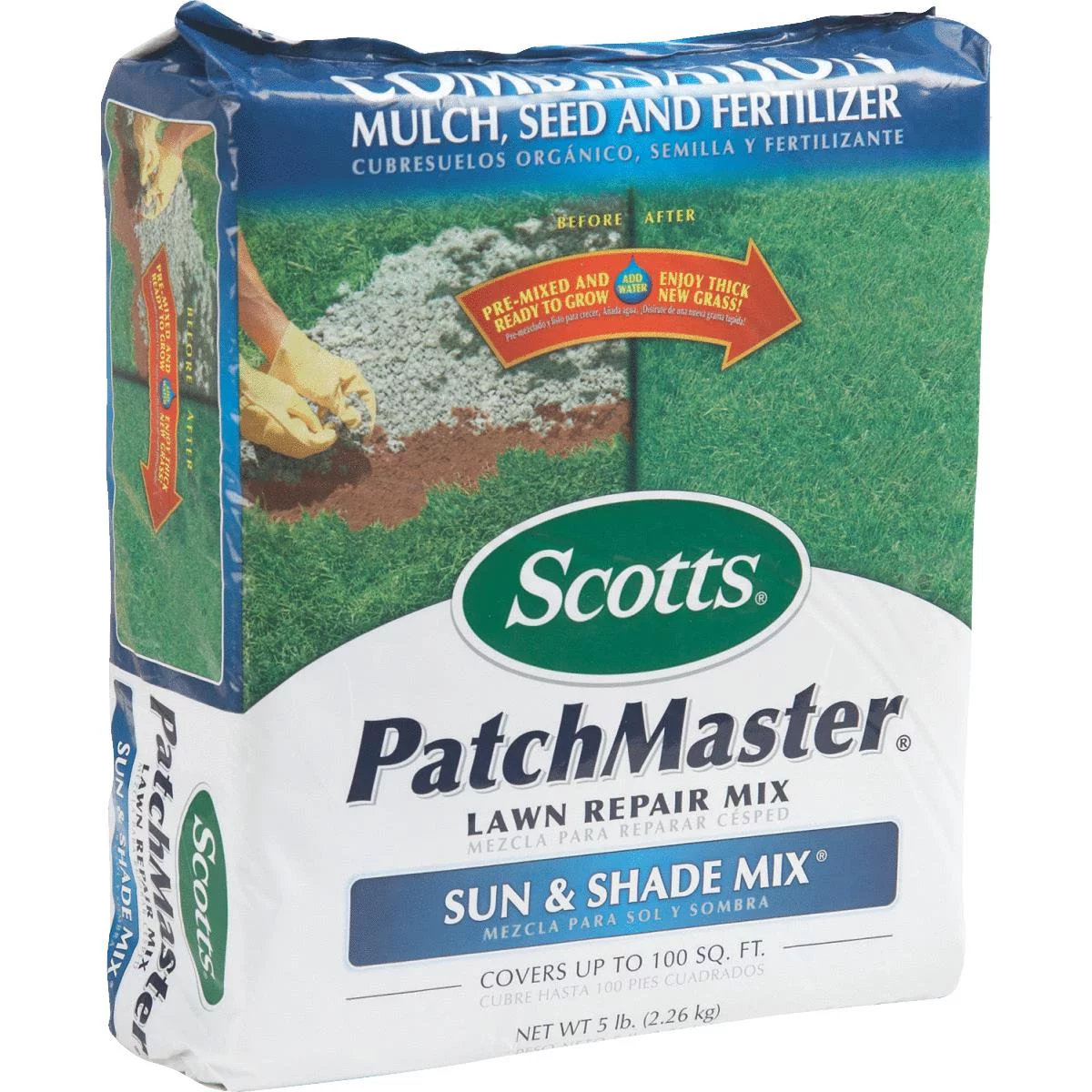

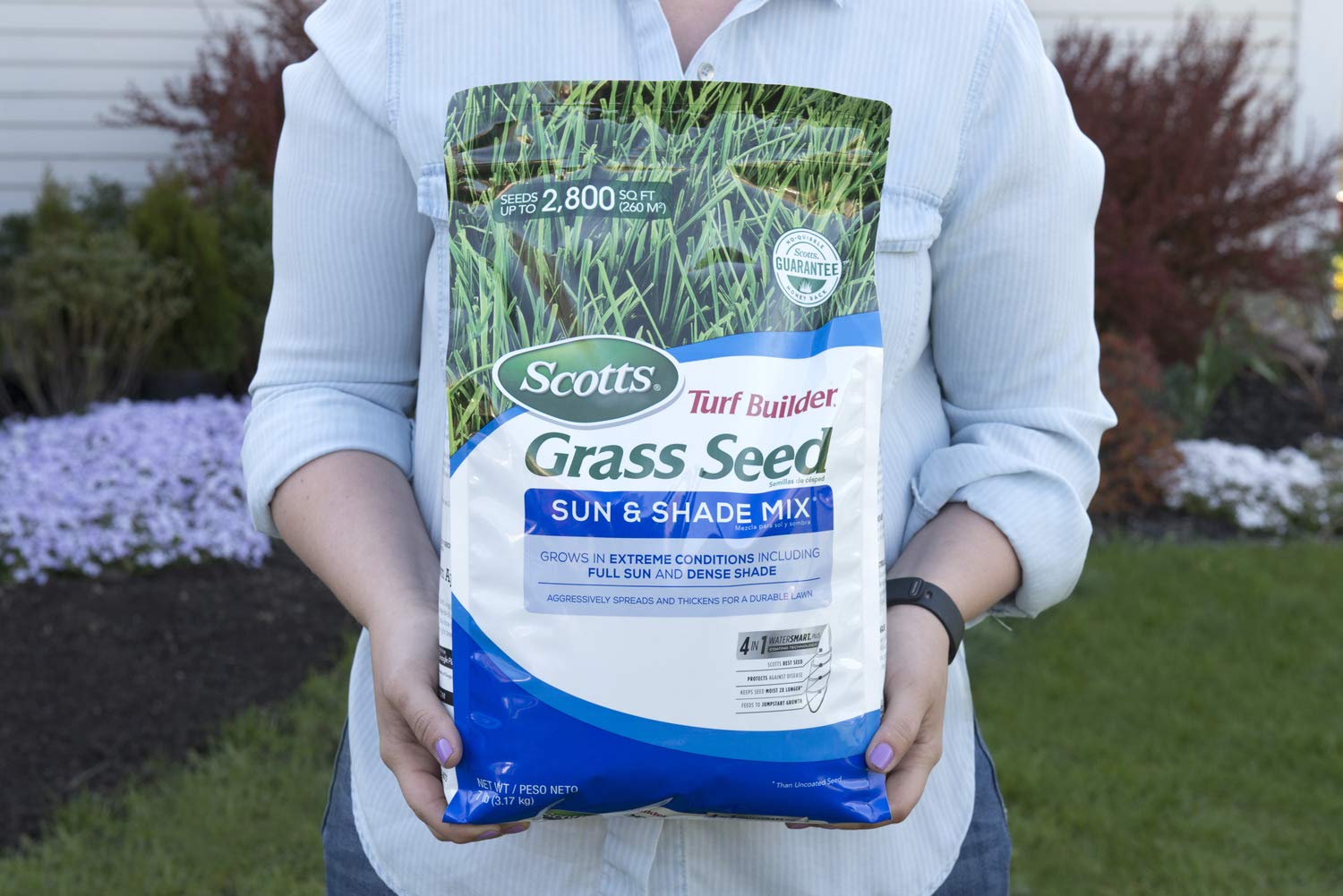

0 thoughts on “What Is The Best Grass Seed For Shaded Areas”